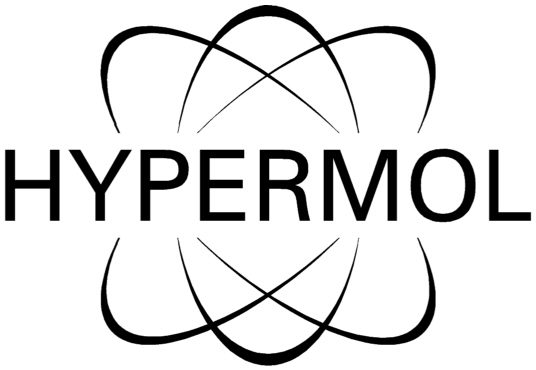Analytical Reagents
Reliable high quality essentials!

Analytical Reagents of high purity buy from HYPERMOL
Hypermol offers various needful reagents for essential applications and techniques, such as protein assays, microscopy, western blotting and SDS-PAGE. From embedding media to
LDS Sample Buffer for SDS-PAGE from Hypermol to buy online
LDS Sample Buffer is a very efficient sample buffer for use in SDS-PAGE. The additive lithiumdodecylsulfate (LDS) shows a significantly higher salt tolerance compared to sodiumdodecylsulfate (SDS). LDS SampleBuffer is favoured in preparing protein, cell or tissue samples at physiological salt concentration. In contrast to samples made up with SDS sample buffers frequently showing a white precipitate at room temperature, LDS samples are soluble at room temperature and also during cooled electrophoresis.
The buffer contains bromophenol blue dye as marker to visualize the dye front during electrophoresis. The LDS Sample Buffer is used in native or denaturing gels after addition of reducing agents and is compatible with Coomassie blue (R-250 & G-250) and silver staining and Western blotting.
Analytical Reagents for Protein Assays – from Biuret et al.
Although it is scientifically mandatory to know the concentration of the protein solution we work with, it is not always possible to determine the concentration at A280 nm in direct UV.
The most frequently applied method is the Bradford method. HYPERMOL offers HyQuant, a stabilized solution based on the Bradford reagent. While this assay operates in the acidic range, where numerous proteins aren´t hydrolysed sufficiently, the Biuret method works in the base range.
Both methods have their merits, but also their downsides. Contact us before you accept the challenge to find out which method is best for the protein of interest.
Contact us for any query around the protein assays or other chemicals!
